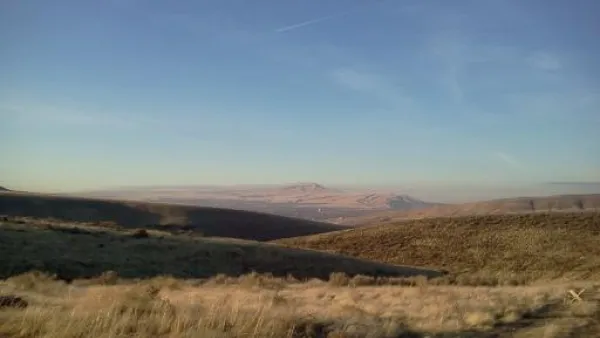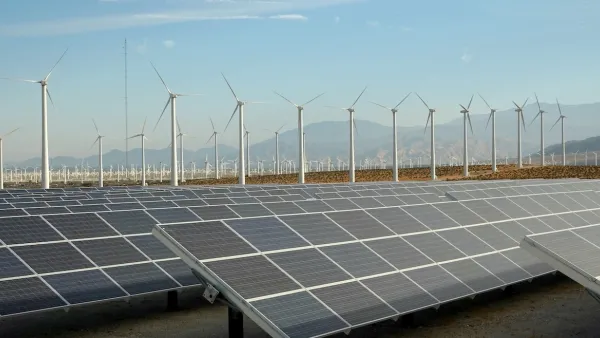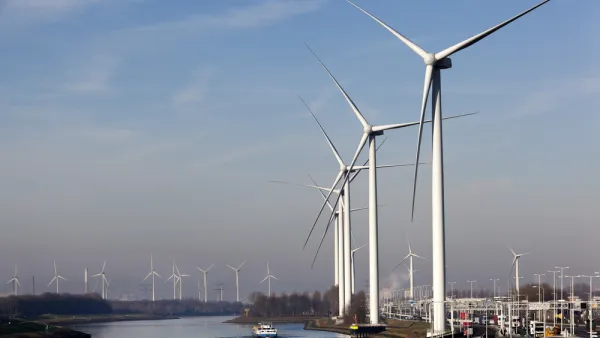Nations like Denmark are leading the world in producing renewable energy. But the transition to renewables doesn’t just amount to the number of solar panels or wind turbines that can be built, it takes a smart grid to maximize their potential.
Denmark utilizes wind power for 22% of its energy sources, a number that can jump to 70% on the windiest of days. Compare that to a dismal 4% of U.S. production, even after nearly $100 billion in investment. According to Michael O'Sullivan, NextEra Energy Resources' Senior Vice President, to facilitate the country's shift to more renewables, the U.S. needs a substantial shift in the way such energy is distributed in this nation, rather than in the way it's produced.
Part of the problem may be, as O'Sullivan states, that the U.S. has a "mature regulatory environment" compared to other nations, namely China, which has ramped up production of wind power facilities. In the U.S., the process of proposing, permitting, and approving a single wind turbine can take upwards of five years, combined with upfront consulting fees that can easily go to waste if the project is rejected.
But what O'Sullivan views as the most probable cause of the nation's lack of wind power production is the lack of a "smart grid." He sees the lack of federal leadership and coordination as the greatest obstacle to building such a grid. Wildly divergent policies and regulations at the state level means that dealing with each of the 48 lower states can be like dealing with "48 separate countries." Additionally, within those states are around 500 separate utilities each owning "some piece of the grid".
If regulations stay the same, we may end up like China, which wastes 25-30% of its wind power due to the fact that a significant portion of the massive 50-100 mega watts it installs each year simply aren't connected to the grid, says O'Sullivan. "It's wind to nowhere."
FULL STORY: Can the U.S. Become Like Denmark?

National Parks Layoffs Will Cause Communities to Lose Billions
Thousands of essential park workers were laid off this week, just before the busy spring break season.

Retro-silient?: America’s First “Eco-burb,” The Woodlands Turns 50
A master-planned community north of Houston offers lessons on green infrastructure and resilient design, but falls short of its founder’s lofty affordability and walkability goals.

Delivering for America Plan Will Downgrade Mail Service in at Least 49.5 Percent of Zip Codes
Republican and Democrat lawmakers criticize the plan for its disproportionate negative impact on rural communities.

Test News Post 1
This is a summary

Test News Headline 46
Test for the image on the front page.

Balancing Bombs and Butterflies: How the National Guard Protects a Rare Species
The National Guard at Fort Indiantown Gap uses GIS technology and land management strategies to balance military training with conservation efforts, ensuring the survival of the rare eastern regal fritillary butterfly.
Urban Design for Planners 1: Software Tools
This six-course series explores essential urban design concepts using open source software and equips planners with the tools they need to participate fully in the urban design process.
Planning for Universal Design
Learn the tools for implementing Universal Design in planning regulations.
EMC Planning Group, Inc.
Planetizen
Planetizen
Mpact (formerly Rail~Volution)
Great Falls Development Authority, Inc.
HUDs Office of Policy Development and Research
NYU Wagner Graduate School of Public Service





























